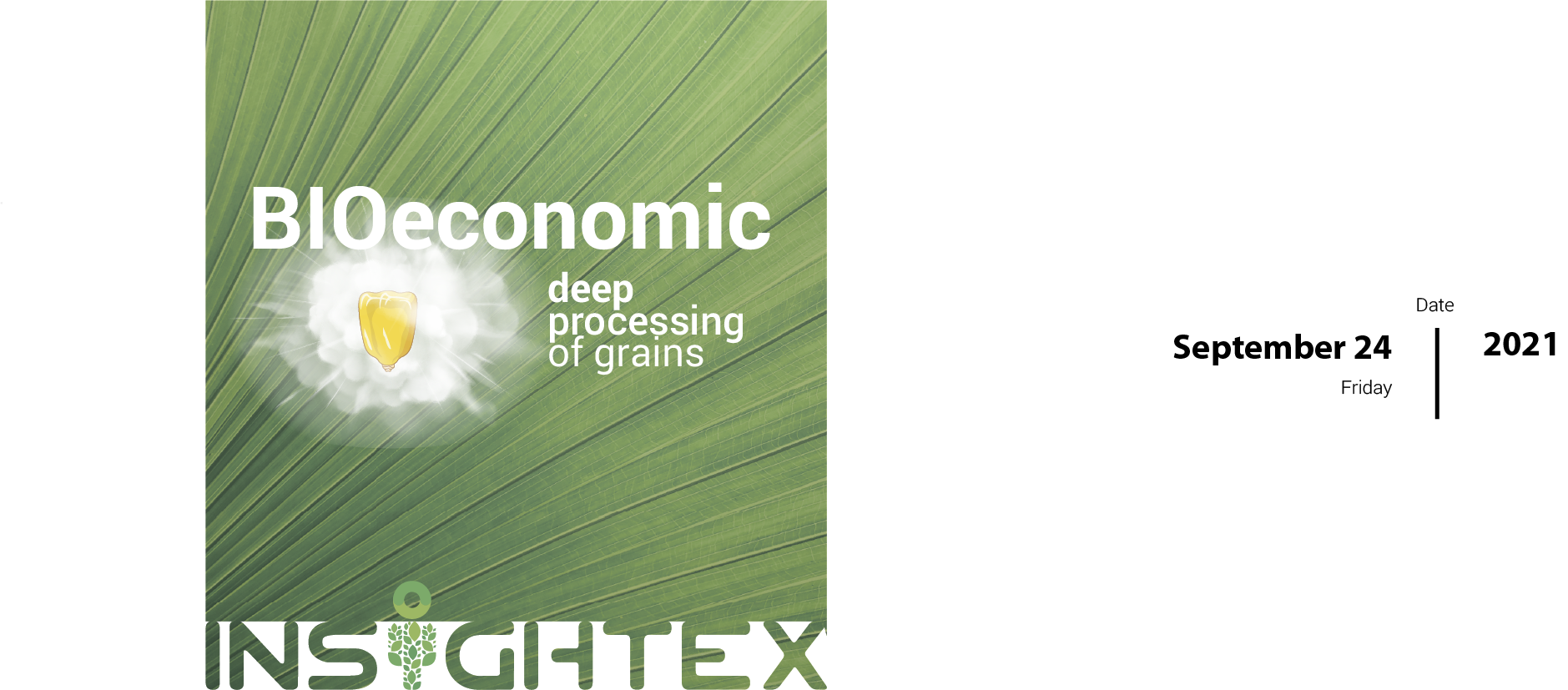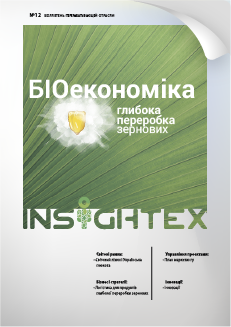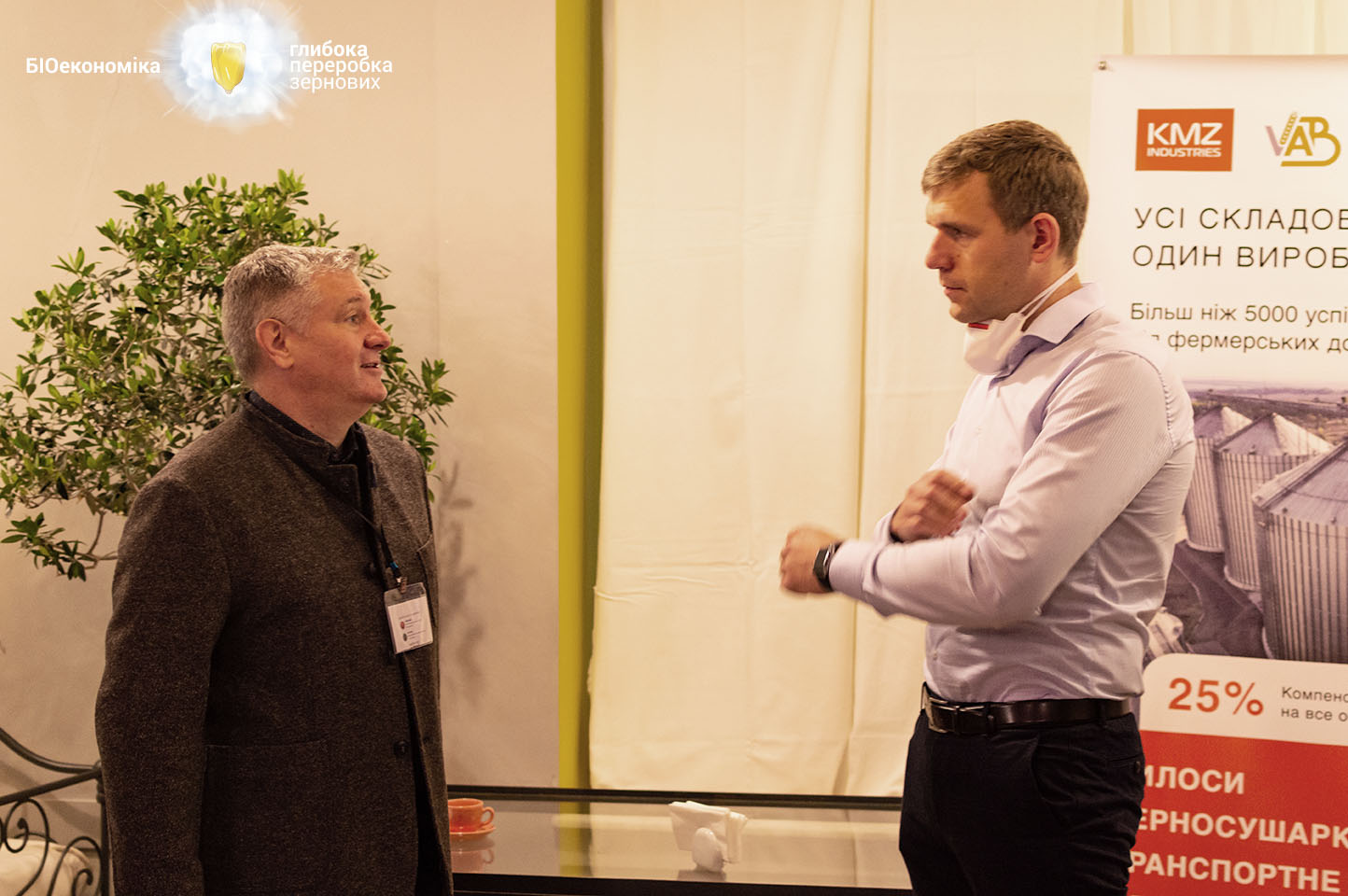Experts


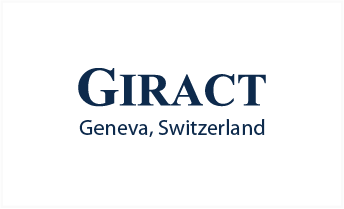
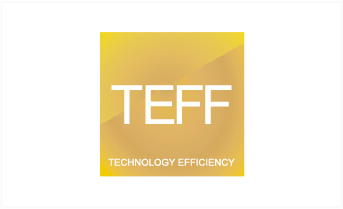

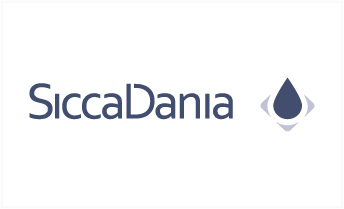

Media support


Conference materials
Bioeconomy is the economics of restoring natural resources in the production of food, energy, goods, and services. The volume of the bioeconomy by 2025 was to be almost 8 trillion dollars. But in just the first few months of 2020, the two events challenged all the usual discussions and developments of today. The coronavirus pandemic and the collapse of oil prices, which call into question all previous forecasts and assumptions.
The uniqueness of the current situation in the world is that almost all economic ties have been put on a long and indefinite pause. From a global and efficient world economy has moved towards a natural and closed within countries.
It is in such conditions that new industry standards are laid. The bioeconomy, an integral part and a necessary condition for new value chains in the world can make a significant leap if it becomes such an “industry standard” for the next decade.
The slowdown in science and technology caused by the global crisis may affect the bioeconomy as an ecosystem to a lesser extent. For biotechnological experiments, the coming years will be under increased attention from society and the state. The transition from “green” and “smart” to “efficient” is the main vector of bioeconomy development for the next decade. The steady growth of segments (both intermediate and final) related to biotechnology, such as packaging, food, medicine, new materials, will withstand the new conditions of competition. At least for the next few years, the sovereignty of the manufacturer will return: it is he who will decide what and how to do it, and the buyer will be more difficult to impose their conditions.

